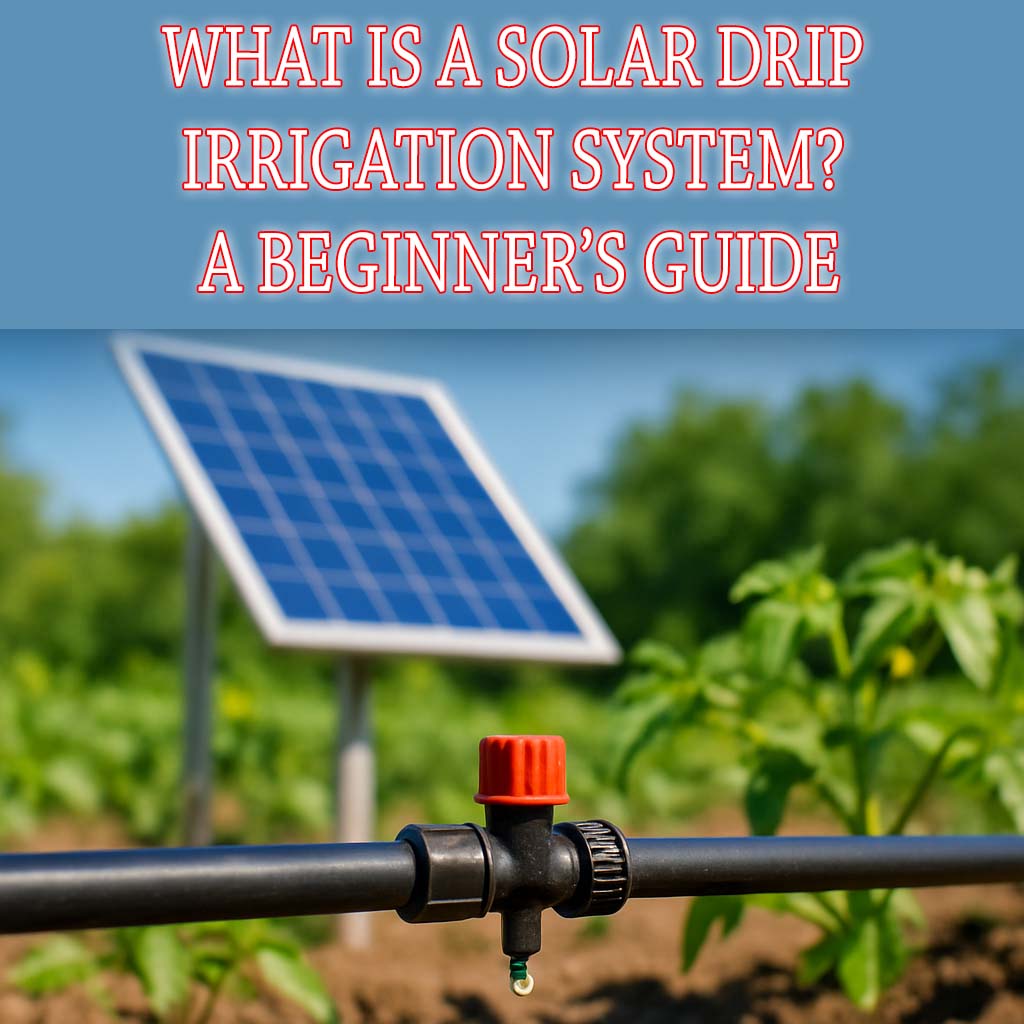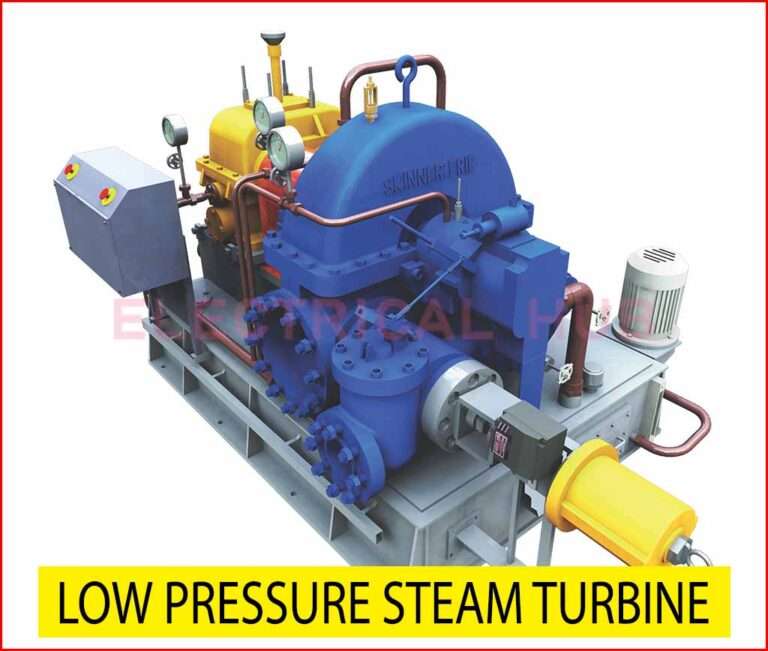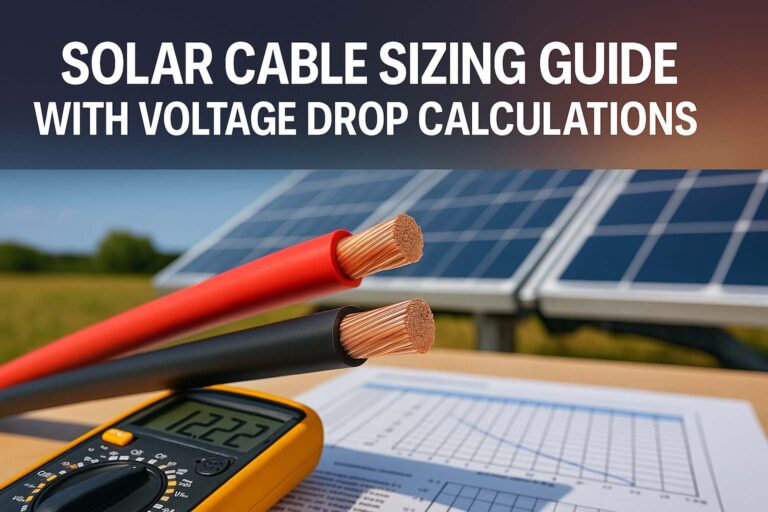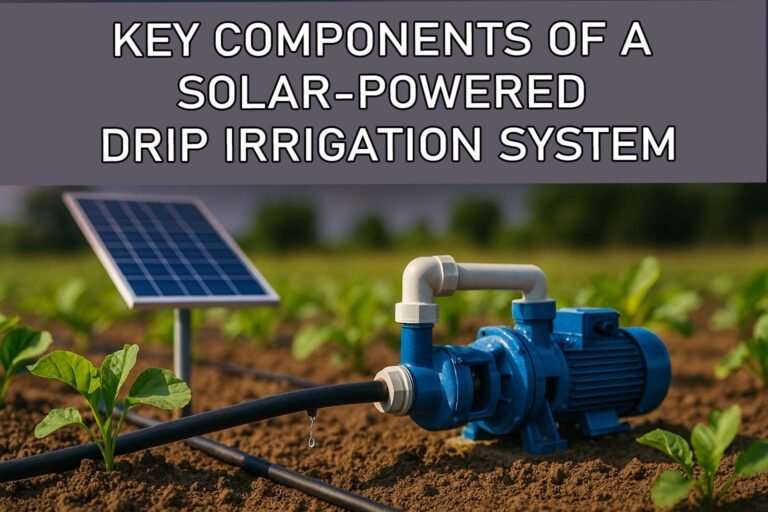What Is a Solar Drip Irrigation System? A Beginner’s Guide
A Solar Drip Irrigation System is a smart and sustainable method to irrigate crops using solar energy and drip irrigation techniques. This system combines two efficient technologies—solar power and drip irrigation. It ensures water is delivered directly to the roots of plants, minimizing wastage and maximizing crop yield.

The system is especially useful in areas with unreliable electricity or water supply. With rising concerns about water scarcity and the increasing cost of electricity, farmers are turning to solar-powered solutions. This beginner’s guide explains everything about the solar drip irrigation system in simple language.
How Does a Solar Drip Irrigation System Work?
A Solar Drip Irrigation System uses solar panels to power a water pump. The pump pulls water from a well, borehole, or reservoir. This water then travels through a filter and enters a network of pipes and drip emitters. The emitters release water slowly and directly to the root zone of each plant.
Unlike traditional flood irrigation, this method uses less water and energy. It is also compatible with frequency drive systems. Frequency drives allow better control of pump speed and flow, which further enhances energy efficiency and precision in irrigation.
Use our free online solar power load calculator to confirm load calculation for solar system.
Components of a Solar Drip Irrigation System
Here is a table showing key components and their functions:
| Component | Function |
|---|---|
| Solar Panels | Convert sunlight into electrical energy |
| Solar Charge Controller | Regulates voltage and current from solar panels |
| Battery (Optional) | Stores solar energy for use during cloudy days or night |
| Water Pump | Draws water from the source |
| Frequency Drive | Controls the pump’s speed for energy-efficient operation |
| Filter | Removes particles to prevent emitter clogging |
| Mainline Pipe | Transports water from pump to drip lines |
| Drip Tubing/Emitters | Delivers water directly to the plant roots |
Advantages of a Solar Drip Irrigation System
A Solar Drip Irrigation System provides multiple benefits, especially for small and medium-sized farms. These include:
- Water Efficiency: Drip systems use up to 60% less water than traditional methods.
- Energy Savings: Solar panels eliminate electricity bills and reduce fuel use.
- Precision Irrigation: Water goes exactly where needed, reducing weed growth.
- Low Maintenance: Once installed, the system requires minimal upkeep.
- Eco-Friendly: Solar power and efficient water use help reduce environmental impact.
Why Use Frequency Drives in a Solar Drip Irrigation System?
Using frequency drive systems in your solar drip irrigation setup offers better control and efficiency. A frequency drive adjusts the motor speed of the water pump based on real-time demand. This is especially useful when your irrigation schedule varies based on crop type or season.
Learn more about Difference Between AC Submersible Pump and DC Submersible Pump
Here’s how it helps:
- Reduces energy consumption by avoiding pump over-speeding.
- Extends pump life by ensuring smooth operation.
- Adjusts flow rate without needing manual valve changes.
- Matches power output to solar availability, which is crucial in off-grid settings.
Learn more about DIY solar drip irrigation system.
Design Considerations for a Solar Drip Irrigation System
Designing a Solar Drip Irrigation System involves a few technical steps. It’s essential to do a load calculation for the solar system to ensure your panels can meet the pump’s energy needs.
Here are key factors to consider:
- Water Requirement per Day: How much water your crop needs daily.
- Pump Rating: Based on depth and required flow rate.
- Solar Panel Size: Depends on pump rating and available sunlight hours.
- Battery Backup (if needed): For operating during non-sunny hours.
- Frequency Drive Compatibility: Ensure your pump and inverter can handle variable speeds.
Let’s look at an example of solar system sizing:
| Parameter | Value |
|---|---|
| Water Requirement | 5000 liters/day |
| Pump Power Rating | 1.5 HP |
| Operating Hours | 5 hours/day |
| Solar Panel Capacity Needed | 1500 W to 2000 W |
| Frequency Drive Efficiency | Improves operation by ~20% |
Crop Suitability for Solar Drip Irrigation System
A Solar Drip Irrigation System is ideal for many crop types. However, it is particularly effective for crops that require frequent and precise watering.
Some common crops include:
- Vegetables like tomatoes, cucumbers, and peppers
- Fruits such as strawberries, grapes, and melons
- Plantation crops like bananas and coffee
- Flowers and nursery plants
The system is also scalable. You can start small and expand it as needed. This is beneficial for farmers who want to increase their capacity over time without overhauling the whole system.
Installation and Maintenance Tips
Installing a Solar Drip Irrigation System requires careful planning. Work with an experienced technician who understands both irrigation and solar systems. Always use high-quality components that meet international standards.
Some key tips:
- Ensure proper alignment and tilt for solar panels.
- Use good quality filters to avoid clogging emitters.
- Choose a frequency drive that matches your pump’s voltage and phase.
- Monitor system pressure to maintain uniform distribution.
- Flush drip lines periodically to remove sediment and debris.
Cost of a Solar Drip Irrigation System
The cost varies depending on the size and complexity of the system. Below is an estimated cost breakdown for a small farm (1-acre size):
| Item | Estimated Cost (INR) |
|---|---|
| Solar Panels (2 kW) | 1,20,000 |
| Water Pump + Frequency Drive | 40,000 |
| Drip Irrigation Kit | 25,000 |
| Installation and Labor | 15,000 |
| Miscellaneous | 10,000 |
| Total | 2,10,000 |
These costs can be offset through government subsidies or agricultural grants. Always check with local agencies for financial support.
Real-World Applications of Solar Drip Irrigation System
Farmers in arid and semi-arid regions are increasingly adopting Solar Drip Irrigation Systems. It helps reduce their dependence on erratic power supply and expensive diesel generators. With better control over water and energy, they achieve more consistent crop yields and lower input costs.
Even commercial greenhouses and polyhouses use frequency drives in solar-powered systems to optimize water use. Combined with smart sensors, some systems offer fully automated irrigation based on soil moisture levels.
Conclusion: Is a Solar Drip Irrigation System Right for You?
If you’re a farmer looking for a sustainable way to irrigate your crops, a Solar Drip Irrigation System is worth considering. It saves water, reduces electricity bills, and increases productivity. With added components like frequency drives and proper load calculation for solar system, the setup becomes even more efficient.
It’s ideal for locations with abundant sunlight and limited grid power. The system pays for itself in a few seasons through energy savings and better crop output. Start with a well-designed plan, use quality components, and get professional help during installation. This will ensure your solar drip system runs smoothly and delivers long-term benefits.
Follow Us on Social:
Subscribe our Newsletter on Electrical Insights to get the latest updates in Electrical Engineering.
#SolarDripIrrigation, #DripIrrigationSystem, #SolarPoweredIrrigation, #SustainableFarming, #WaterConservation, #RenewableEnergyFarming, #EcoFriendlyIrrigation, #OffGridIrrigation, #SolarAgriculture, #EfficientWaterUse, #SolarPump, #SmartFarming, #GreenIrrigation, #LowCostIrrigation, #SolarTechnologyInFarming




